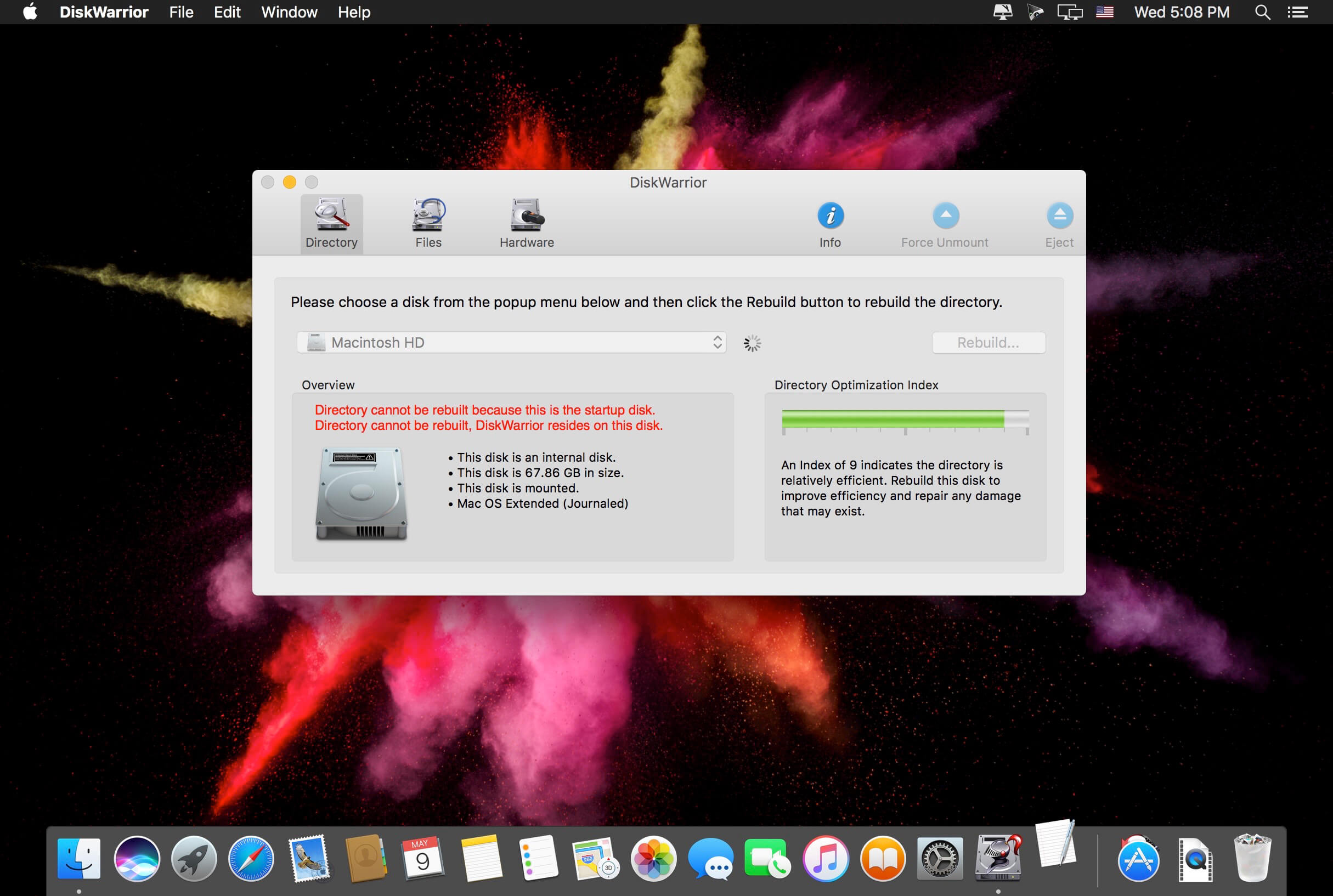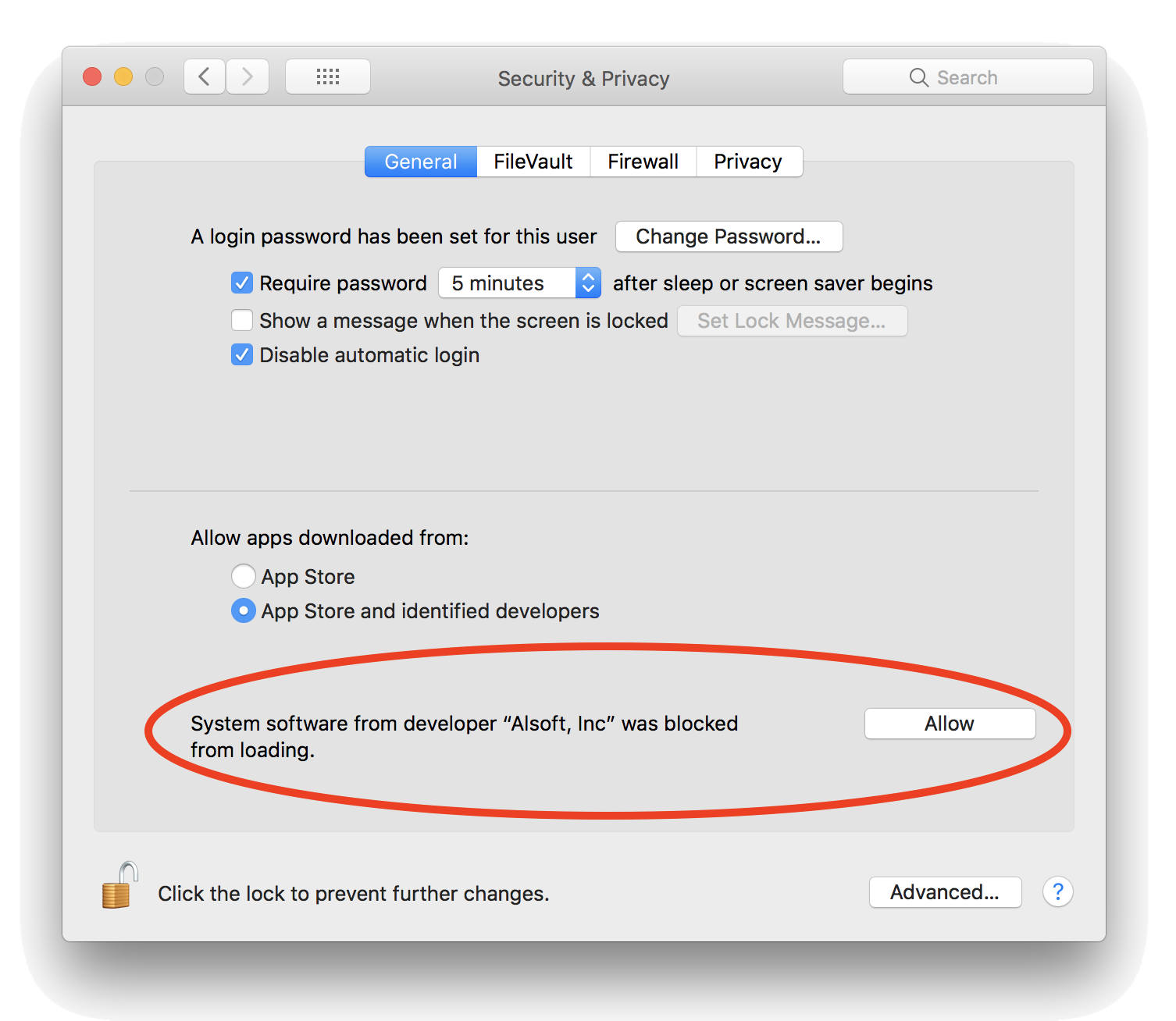

I know that it’s not a good idea to set 777 everywhere, but it succeeded and after all i restored original permissions to all files. Now when i executed hdiutil with -readwrite option, fsck started and fixed everything automatically. # chmod 777 TimeMachine/ # (note: not recursvie here) I managed that changing permissions on root folder where sparsebundle files are saved on server fixed the problem. Hdiutil: attach failed - Read-only file system # hdiutil attach -readwrite -nomount -noverify -noautofsck /Volumes/TimeMachine/MacBook\ Air\ 13.sparsebundle # hdiutil attach -nomount -noverify -noautofsck /Volumes/TimeMachine/įsck cannot repair readonly disk, so i tried executing hdiutil with -readwrite option, but still without success.

I attached sparsebundle, but in fsck_hfs.log my HFS disk was labeled with “NO WRITE”. To be sure that permissions will be refreshed i restarted netatalk service and remounted volumes on my Mac.

# chmod -R 777 MacBook\ Air\ 13.sparsebundle # chflags -R nouchg /Volumes/TimeMachine/MacBook\ Air\ 13.sparsebundleĬhflags: /Volumes/TimeMachine/MacBook Air 13.sparsebundle: Permission denied I have TimeMachine backup on linux server with netatalk installed.įirst error with permissions for changing flags: While waiting for fsck to finish, I wanted to share solutions to the problems that i had. RebuildBTree – record x in node y is not recoverable.Īnd see if that works. This site helps to fund my hobbies, so if this post has helped you please consider a USD $1.99 donation to my hobby fund.Ĭommand you get a message in the fsck_hfs.log along the lines of I appreciate all the warm feedback from people all over the world who have been helped by this post. You also want to make sure your machine does not go to sleep during the above operation. Ideally this should be done over a gigabit wired network connection.
#DISKWARRIOR 6 VERIFICATION#
After the (long) verification step, backups should proceed once again. Now you can eject the network share and have Time Machine give it another go. On the top level of the sparsebundle find a file called .plist. When complete, you need to edit an plist file within the sparsebundle that records the state of the backup. You can redo the above for any other Time Machine sparse bundles you have permission to modify while you have the network share attached to your computer. Now you need to type hdiutil detach /dev/diskxs2 If all went well, the last output you will see is d for ‘Show Debug’ – r for ‘Rebuild Catalog Tree’ – f for ‘Force’ and y for assume ‘yes’ to any prompts. The letters “drfy” tell the filecheck utility different things. Make sure to replace x with whatever number your disk is from the output above.

If you are unsure about this, use the first command.
#DISKWARRIOR 6 FREE#
This will use 750MB of RAM – feel free to change this amount to best fit your system (amount of RAM vs size of your Time Machine Sparsebundle). (Optionally if you have the available RAM, you can set a RAM cache in the command above to help speed up this command like so: If the latter you can run disk repair again: Go away for a few hours and let it chug away. If fsck is going then in my experience it will be able to repair the sparsebundle. You can check for activity by tail’ing the fsck_hfs.log It might be 2, 3, 4 or higher.Īt this point, I have found that the filesystem check is already happening. You are interested in the one labeled Apple_HFSX or Apple_HFS. Where x is the disk id for the external disk. The verication that has already run has marked your sparsebundle as bad, so first we need to make it look normal.Ĭhflags -R nouchg /Volumes/.sparsebundle Open Terminal and then switch to root by typing To improve reliability, Time Machine must create a new backup for you.” This can be fixed by following the below.įrom your Mac, connect to the network share that houses the sparsebundle.Īt the top level of the drive are the various sparsebundles that make up your individual computer backups.ĭo not double click on these sparsebundles or try to repair with Disk Utility. The error you may see is “Time Machine completed a verification of your backups. The NAS is likely a hardware product from the likes of Netgear, Synology, Buffalo or QNap – or for those of us with a home-grown backup server running FreeNAS. This is a modification of an original post for use when you have a corrupt sparsebundle backup on a NAS (as opposed to an external drive attached to a router) and it needs to be repaired.


 0 kommentar(er)
0 kommentar(er)
